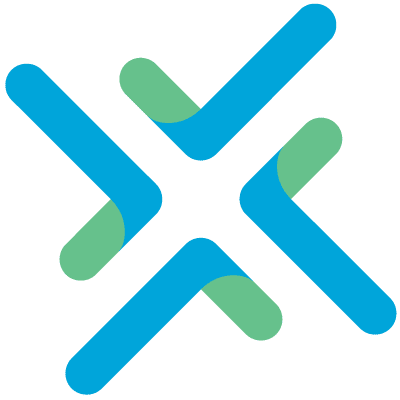The end of the calendar year is a great time to reconsider the state of your employees’ benefits literacy.
Most companies have open enrollment season before January 1, allowing employees to select next year’s benefits. As this year’s plan starts ending, employees will look to maximize their unused benefits. As they choose new benefits and close out expiring plans, employees should know what they have available to them.
Surprisingly, nearly half of employees do not fully understand their benefits package, and only 38% say they are confident that they know about all the benefits and perks offered to them. Not surprisingly, if they do not fully understand their benefits, they’re less likely to use them or may make “safe” plan choices, even if those options aren’t the best fit.
As an employer, you understand benefits’ role in employee retention and can play a pivotal part in improving your employees’ benefits literacy. Best of all, employees who understand their benefits package may be more loyal to their employer.
Here are some tips to improve employee benefits literacy.
Survey Employees
Getting the pulse of your workforce is the first step toward understanding where you can best help employees. While hallway conversations are a part of office culture, it can be difficult to judge how deep some concerns run. However, a company-wide survey can provide valuable insights into the workforce as a whole.
Start by brainstorming a brief set of questions to email to all employees about their knowledge of benefits; be sure to include open-ended responses to allow for specific feedback. With quantifiable information on the overall state of benefits literacy and insights about knowledge gaps, you can outline an education plan with topics to cover. It also aids in identifying groups of employees who need extra support and where to prioritize your efforts.
With knowledge and empathy, you can create a strategic plan showing you are invested in your employees’ well-being.
Tailored Communications
Offering variety that meets employees where they are at is more likely to improve engagement and education. Today’s workforce consists of younger Baby Boomers, Gen X, Millennials, and Gen Z. Each age group has different ways of consuming information, which means that a one-size-fits-all approach could leave some people feeling left out.
Some workers may prefer longer, more in-depth information in print or PDF format, while others prefer snippets and quick bits of text. Another consideration is explaining benefits in short videos that cover specific topics or areas.
When putting together your materials, incorporate pictures of people from different age groups and ethnic backgrounds. These subtle reminders can make mental connections that encourage self-identification and association.
Beneliance clients can access both “traditional” employee materials and the award-winning employee education and engagement program, The Adventures of Captain Contributor.
Leverage Support Tools
During open enrollment, employees have limited time to make timely financial and benefits decisions for the following year. Offering decision-support resources can help employees select the right options for themselves and their families.
When employees use these guidance tools, they will feel more confident in their knowledge and are more likely to choose health and financial benefits plans that best suit their needs.
Create Internal Education Campaigns
Benefits aren’t a one-and-done deal. Increasing awareness and education year-round can drastically improve literacy and keep those critical benefits top of mind.
Create a monthly or quarterly calendar to raise awareness around benefit accounts, key dates, eligible expenses, reimbursements, election periods, financial savings, and more.
For example, Flexible Spending Accounts (FSAs) and Health Savings Accounts (HSAs) can be crucial to financial wellness and a safety net to cover health-related expenses. A year-round campaign ensures employees understand how and when to utilize these accounts, enabling them to maximize their usefulness and reduce financial-related stress.
These educational tips can be delivered via text, email, lunch-and-learns, or short videos (Captain Contributor videos can be ideal for this purpose). You could also incorporate fun games and trivia to improve knowledge recall.
Promoting employee engagement and education should be a top priority. Employers can improve employee engagement with benefits and elevate their financial well-being by improving benefits literacy. When employees feel knowledgeable and make informed decisions, employer satisfaction and return on their benefits investment also increase. It is a win-win for everyone.



